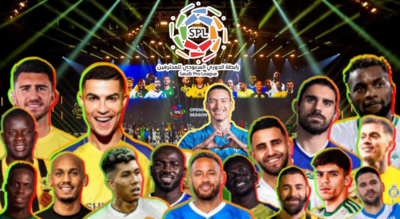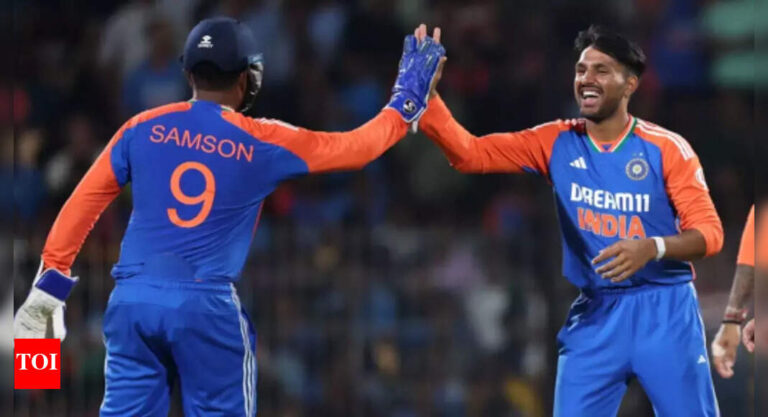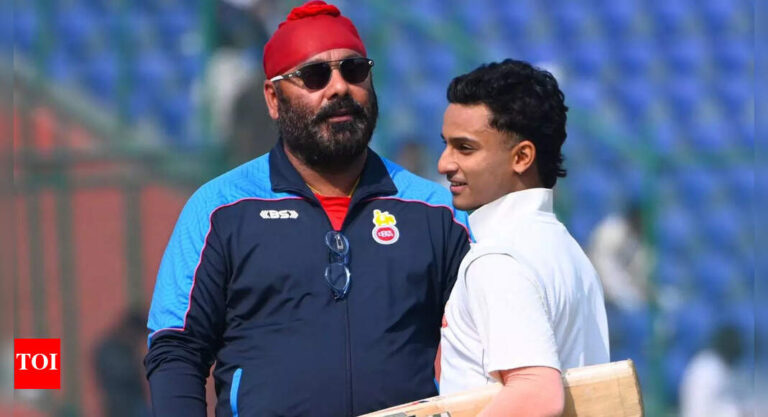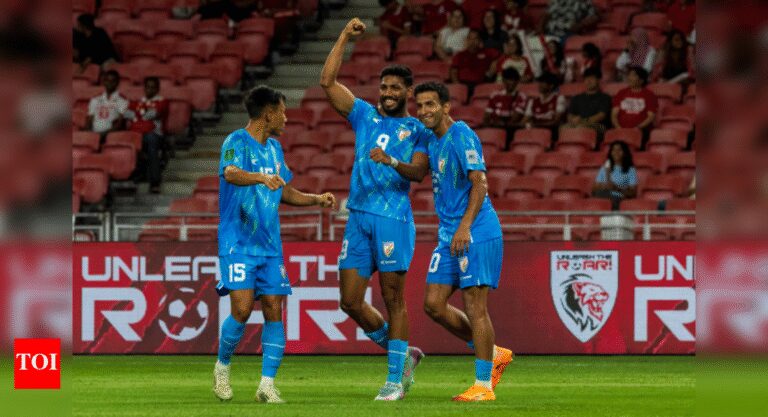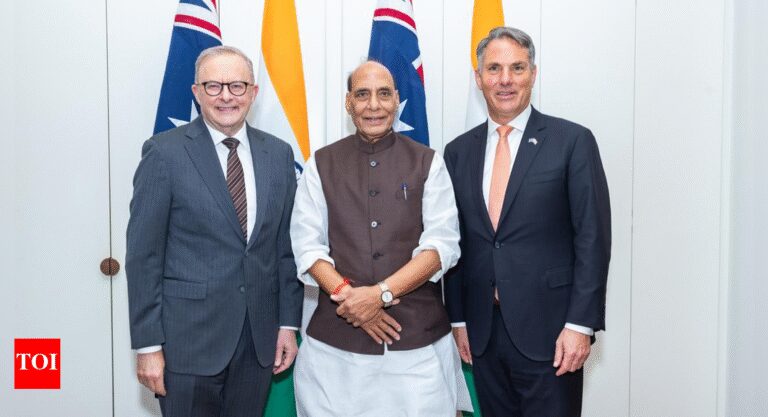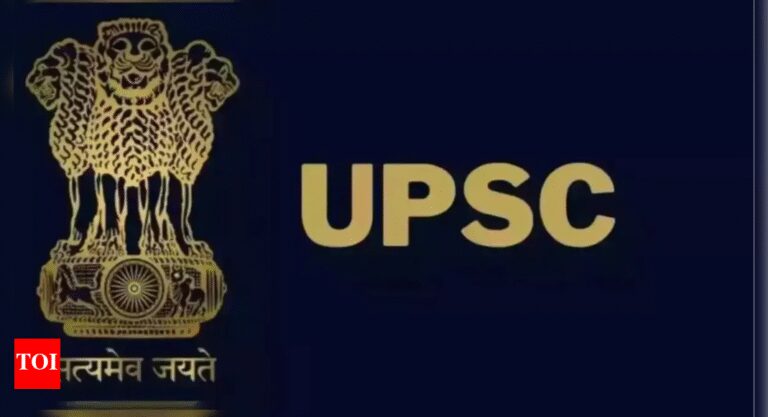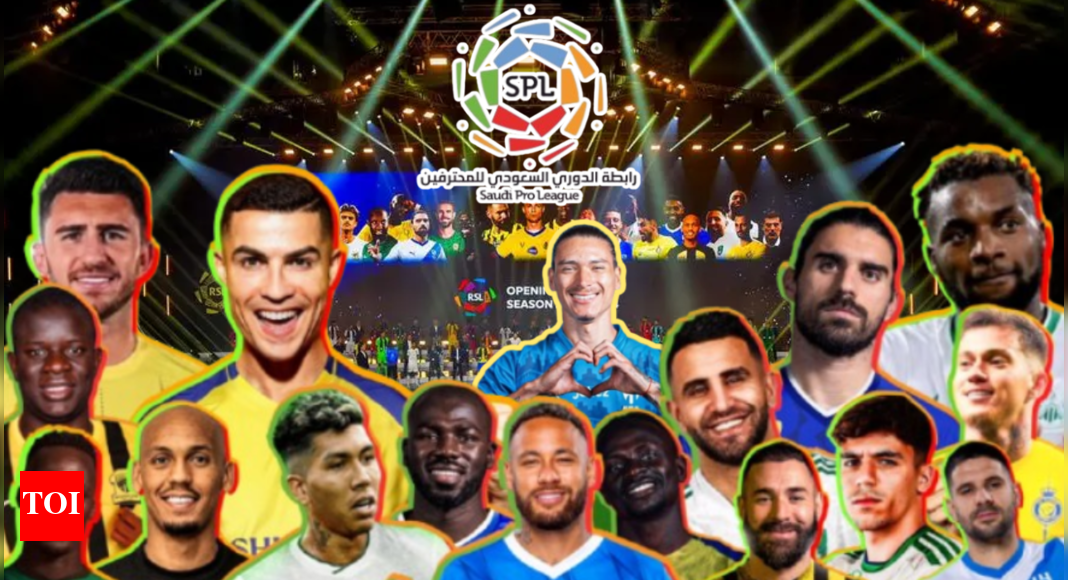
When Cristiano Ronaldo joined Al Nassr, he declared that the Saudi Pro League (SPL) would soon rank among the world’s top five football leagues. What sounded like bravado in 2023 now feels less far‑fetched, as the league’s transformation gathers pace and global attention.
Saudi Pro League’s rise to prominence
Just five years ago, the SPL existed on the fringes of world football. Saudi Arabia was known more for its oil wealth and growing tourism than its football potential. That began to shift after the national team’s shocking 2-1 victory over Argentina at the 2022 FIFA World Cup, a symbolic win that hinted at deeper ambitions.The momentum accelerated under the government’s Vision 2030 agenda, which identifies sport as a driver of social and economic evolution. The Public Investment Fund (PIF) took majority stakes in four major clubs – Al Nassr, Al Hilal, Al Ittihad, and Al Ahli, providing vast financial backing. This investment has allowed clubs to sign world-class players, upgrade facilities, and modernize youth systems.Today, SPL games are broadcast in over 180 countries and featured on dozens of digital platforms. The Al Hilal-Al Nassr fixture even eclipsed several renowned European derbies in viewership last season, signaling broadening global appeal.
Cristiano Ronaldo: A magnet of star power
Ronaldo’s €200-million-a-year move in early 2023 ignited a chain reaction. Within months, global icons such as Karim Benzema, N’Golo Kanté, Riyad Mahrez, Kalidou Koulibaly, and Sadio Mané followed him to the Gulf. Once a distant dream, the arrival of such talents positioned Saudi Arabia as a genuine competitor in world football’s transfer market.For the first time, Europe’s traditional powerhouses faced real financial competition from outside the continent. Yet, this influx has also raised concerns, from inflated wages and short-termism to questions over sporting integrity and motivation among the star signings.
Beneath the glamour of Roshn League
Despite its rapid ascent, the RSL’s (Roshn Saudi League) underlying foundations remain fragile. Stadiums often struggle to fill seats, and fan culture lacks the depth and consistency that define European football life. On-field quality, while improving, still trails in pace, tactical nuance, and competitiveness.Equally significant is the league’s heavy dependence on state funding. The Public Investment Fund’s financial muscle underwrites nearly all major developments, raising questions about sustainability if government priorities shift or spending slows.
A league in transition
Ronaldo’s prediction that the SPL will soon join the Premier League, La Liga, Bundesliga, Serie A, and Ligue 1 in football’s “top five” is plausible only if the league cultivates grassroots passion, long-term governance, and competitive parity. For now, its rise is powered more by capital and star appeal than by organic growth.Yet one truth is undeniable: the world is watching. The Saudi Pro League has irrevocably altered global football’s balance of power, and while it may not yet rival Europe’s giants, it has ensured its place in the sport’s unfolding future.

